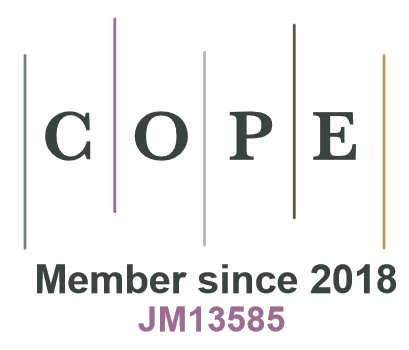Articles by Lennart Noordermeer
Category : Research article
Accurate field plot data on forest attributes are crucial in area-based forest inventories assisted by airborne laser scanning, providing an essential reference for calibrating predictive models. This study assessed how sample tree selection methods and plot data calculation methods affect the accuracy of field plot values of timber volume, Lorey’s mean height, and dominant height. We used data obtained from 12 420 circular sample plots of 250 m2, measured as part of the Norwegian national forest inventory and 45 local forest management inventories. We applied Monte Carlo simulations by which we tested various numbers of sample trees, methods to select sample trees, and methods to calculate plot-level values from tree-level measurements. Accuracies of plot values were statistically significantly affected by the number of sample trees, sample tree selection method, and calculation method. Obtained values of root mean square error ranged from 5% to 16% relative to the mean observed values, across the factors studied. Accuracy improved with increasing numbers of sample trees for all forest attributes. We obtained greatest accuracies by selecting sample trees with a probability proportional to basal area, and by retaining field-measured heights for sample trees and using heights predicted with a height-diameter model for non-sample trees. This study highlights the importance of appropriate sample tree selection methods and calculation methods in obtaining accurate field plot data in area-based forest inventories.
Stem frequency distributions provide useful information for pre-harvest planning. We compared four inventory approaches for imputing stem frequency distributions using harvester data as reference data and predictor variables computed from airborne laser scanner (ALS) data. We imputed distributions and stand mean values of stem diameter, tree height, volume, and sawn wood volume using the k-nearest neighbor technique. We compared the inventory approaches: (1) individual tree crown (ITC), semi-ITC, area-based (ABA) and enhanced ABA (EABA). We assessed the accuracies of imputed distributions using a variant of the Reynold’s error index, obtaining the best mean accuracies of 0.13, 0.13, 0.10 and 0.10 for distributions of stem diameter, tree height, volume and sawn wood volume, respectively. Accuracies obtained using the semi-ITC, ABA and EABA inventory approaches were significantly better than accuracies obtained using the ITC approach. The forest attribute, inventory approach, stand size and the laser pulse density had significant effects on the accuracies of imputed frequency distributions, however the ALS delay and percentage of deciduous trees did not. This study highlights the utility of harvester and ALS data for imputing stem frequency distributions in pre-harvest inventories.
Newly developed positioning systems in cut-to-length harvesters enable georeferencing of individual trees with submeter accuracy. Together with detailed tree measurements recorded during processing of the tree, georeferenced harvester data are emerging as a valuable tool for forest inventory. Previous studies have shown that harvester data can be linked to airborne laser scanner (ALS) data to estimate a range of forest attributes. However, there is little empirical evidence of the benefits of improved positioning accuracy of harvester data. The two objectives of this study were to (1) assess the accuracy of timber volume estimation using harvester data and ALS data acquired with different scanners over multiple years and (2) assess how harvester positioning errors affect merchantable timber volume predicted and estimated from ALS data. We used harvester data from 33 commercial logging operations, comprising 93 731 harvested stems georeferenced with sub-meter accuracy, as plot-level training data in an enhanced area-based inventory approach. By randomly altering the tree positions in Monte Carlo simulations, we assessed how prediction and estimation errors were influenced by different combinations of simulated positioning errors and grid cell sizes. We simulated positioning errors of 1, 2, …, 15 m and used grid cells of 100, 200, 300 and 400 m2. Values of root mean square errors obtained for cell-level predictions of timber volume differed significantly for the different grid cell sizes. The use of larger grid cells resulted in a greater accuracy of timber volume predictions, which were also less affected by positioning errors. Accuracies of timber volume estimates at logging operation level decreased significantly with increasing levels of positioning error. The results highlight the benefit of accurate positioning of harvester data in forest inventory applications. Further, the results indicate that when estimating timber volume from ALS data and inaccurately positioned harvester data, larger grid cells are beneficial.



